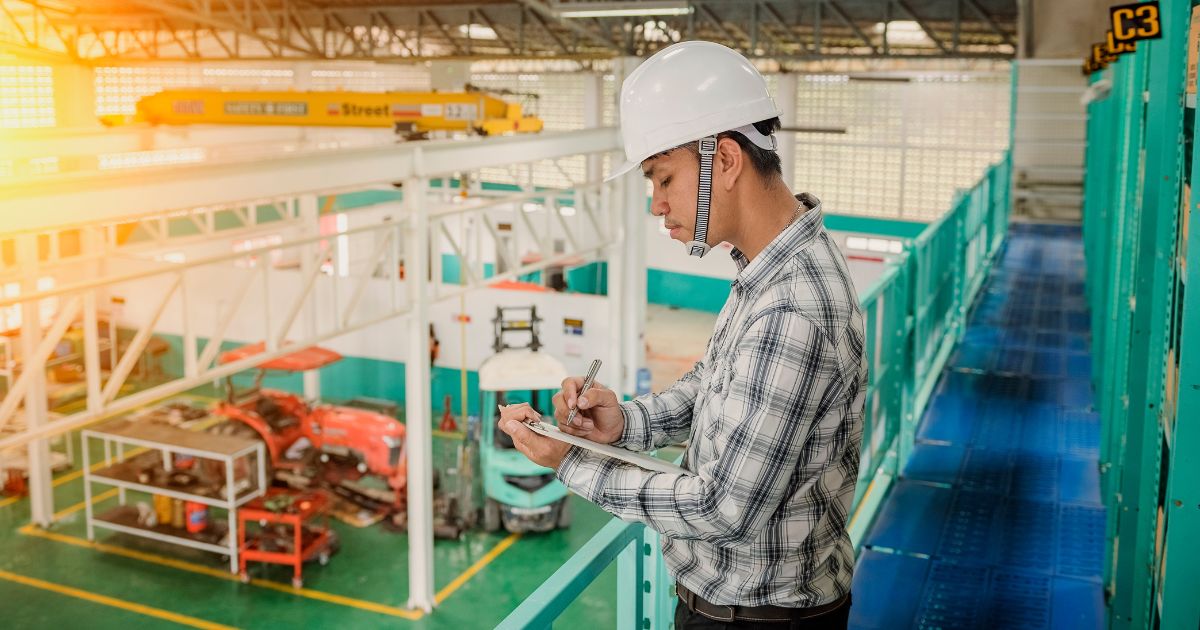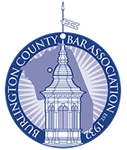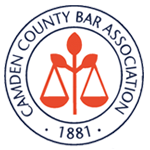Machine guards protect workers from coming into direct contact with the most dangerous parts of a machine and also from flying debris emitted by working machines. Despite machine guards being required by standards set by the Occupational Safety and Health Administration (OSHA), some 18,000 worker injuries and 800 fatalities occur each year in American workplaces. “Lack of machine guarding” is among the top ten most frequently cited safety OSHA violations.
Machine guarding is designed to prevent serious injuries such as amputations, crushed fingers or hands, lacerations, abrasions, burns, and eye injuries. Removing machine guarding or replacing it with inadequate substitute materials can lead to severe and crippling injuries. The three areas of a machine most likely to cause injuries are:
- Point of operation – where cutting, shaping, boring, or forming of a material takes place.
- Power transmission apparatus – the pulleys, belts, spindles, chains, cranks, gears, and other moving parts that transmit energy to the machine.
- Moving parts that rotate, reciprocate, transverse and perform cutting actions, punching actions, and shearing or bending actions.
Different kinds of machines and tools require different types of machine guarding:
- Fixed guards are commonly used to prevent contact at the point of operation and cannot be removed from the machine or tool. They have no moving parts and while the machine is in use they cannot be moved. Maintenance and cleaning of the machine requires that a fixed guard be disassembled for removal.
- Adjustable guards are also permanent but adjust to accommodate different sizes of material being used with the machine. This type of guard is adjusted by hand and locked into place – failure to do this properly can cause serious and fatal injury. Therefore, employees who use machinery with adjustable guards must receive training on how to use them.
- Self-adjusting guards can automatically adjust to the size of the material and are used on table saws and other woodworking tools. A self-adjusting guard opens just enough to let the material pass through to the point of operation.
- Interlocking guards or barriers will automatically shut off the power when the guard is open or removed. This type of guard allows the machine operator needs to access dangerous parts of the machine to clear a jam without having to totally disassemble it.
- Fixed perimeter guarding creates a barrier around a work area such as where robots or automated machines are operating.
Workplace Injuries are Usually Preventable
Machine-related workplace injuries are preventable when employers and employees take the right precautions. Employers have a responsibility to maintain a safe environment free of hazards. When a safety hazard cannot be removed it should be labeled clearly or guarded. Damaged guards and machinery should be labeled “Do Not Use” and immediately reported. Machinery, tools, and their guards should be regularly inspected, maintained, and repaired. Proper procedures for lockout/tag out should be in place as well as for cleaning and adjusting machinery. Workers should receive training in a language they can understand about safety hazards and proper use of machine guards. Finally, if machinery is updated or replaced it is critical that the machine guarding is reviewed to ensure it meets OSHA standards.
Employees have a responsibility to attend training sessions, wear the personal protective equipment provided to them, follow established protocols, and report any damaged or malfunctioning machinery immediately. They should never remove machine guards before or during operation of a machine and always replace machine guards after performing maintenance or cleaning of a machine.
Workers’ Compensation for Machine-Related Workplace Injuries
In New Jersey, most workers who suffer a workplace injury are eligible for workers’ compensation benefits. These benefits are paid to help cover medical bills, lost wages, vocational rehabilitation, and temporary or permanent disabilities arising from a work injury. Dependents of workers who suffer a fatality can receive death benefits. Workers’ compensation is a no-fault system, meaning that even if a worker was partly responsible for the accident that caused their injuries, they may still receive benefits.
What Workers’ Compensation Am I Eligible for?
There are different types of benefits paid to workers who cannot return to work while they are recovering from a workplace injury.
- Temporary Total Disability (TTD) is available to workers who are unable to work for more than seven days. These benefits are paid until he/she is able to return to work or reaches maximum medical improvement and further medical treatment is unlikely to bring any result. TTD is paid for a maximum of 400 weeks. Payments are 70 percent of a worker’s average weekly wage before the injury with the state setting a minimum and maximum allowable benefit.
- Permanent Total Disability (PTD) is available to workers who cannot work at all after suffering a work injury. Payments are made at the same rate as TTD for 450 weeks and then an evaluation is done to determine if the worker is still unable to earn at pre-injury level after having completed physical or educational rehabilitation. In New Jersey certain devastating injuries are given automatic status as PTD including the loss of both hands, arms, feet, legs, eyes, or combination of any two.
- Permanent Partial Disability (PPD) is paid to workers who can still do some work, but whose work injury has caused some type of impairment or lasting medical condition. Factors that determine the amount of benefits include which part of the body was injured, the extent of the disability, and the amount of pre-injury earnings. There is a schedule of disabilities that lists the maximum benefits available for the impairment of specific body parts and how much function is left expressed as a percentage.
For every type of benefit listed above it is very important to calculate the worker’s average weekly wage correctly in order to receive the maximum possible amount of benefits. For workers who work overtime hours, extra shifts or more than one job this can be very complicated. Consulting with an experienced workers’ compensation lawyer can help ensure you are not losing out on money you are entitled to.
Contact the Cherry Hill Workers’ Compensation Lawyers at Pietras Saracino Smith & Meeks, LLP for Help Getting Benefits for Your Work Injury
If you have been injured in a machine-related work accident, our experienced Cherry Hill workers’ compensation lawyers at Pietras Saracino Smith & Meeks, LLP will fight to get the maximum possible benefits available to you. Call 856-761-3773 or contact up online today to schedule a free consultation. Located in Cherry Hill, New Jersey, we represent injured workers throughout Camden, Cinnaminson, Delran, Maple Shade, and Pennsauken.













